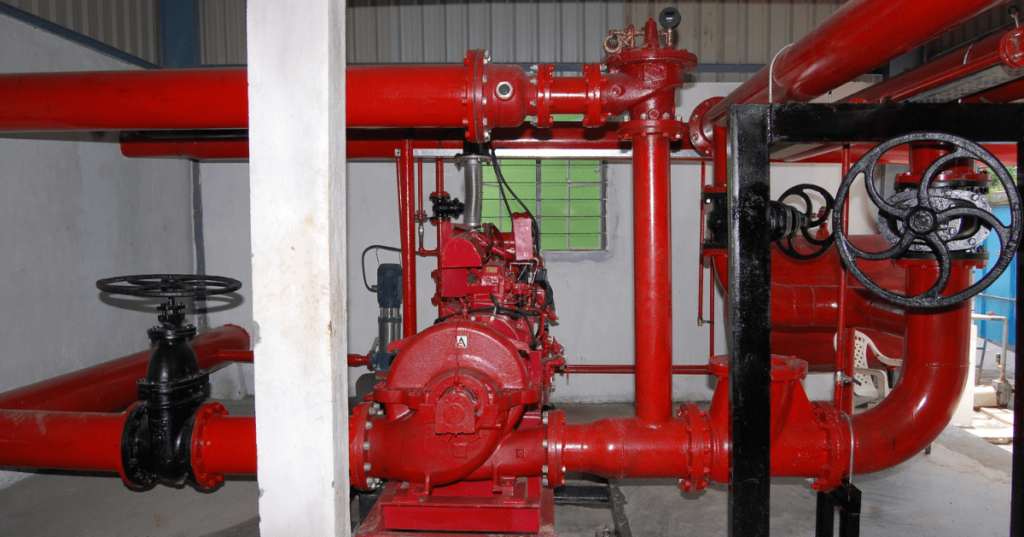What are fire hydrant systems?
Fire hydrant systems are water-based fire fighting systems. The industrial Fire safety consultant relies on this water-filled piping network for fire risk management of the facility. The fire hydrant system is designed to work even if a part of the structure collapses. Each hydrant outlet is filled with water to provide firefighters sufficient water to fight the fire.
The industrial fire safety consultant plans the fire risk design and the location of fire hydrants for easy access and visibility.
The parts of the fire hydrant system include the hose reel, yard hydrant, riser, and sprinkler system. Additionally, the fire hydrant system must have a connection to a water source.
What is the purpose of the fire hydrant?
The main purpose of a fire hydrant is to provide water for suppressing fire.
What are the types of fire hydrants
There are two types of fire hydrants:
- Wet Hydrants: These systems are close to the surface and susceptible to freezing. Hence, fire-fighting consultants do not recommend them for cold weather conditions.
- Dry Hydrant: The water storage is below ground which prevents the water from freezing. The main reason being the earth’s temperature is higher than in the cold environment.
Fire fighting consultants recommend wet hydrants where freezing is not an issue. Dry hydrants are for cold and freezing conditions.
The water storage tank is above ground in the wet hydrant system and below ground in the dry hydrant system.
The construction is easier in a wet hydrant when compared with a dry hydrant system. Similarly, the wet hydrant is less expensive than the dry hydrant. Moreover, the wet hydrant is easier to maintain.
The components of a Fire hydrant System
The following components constitute a fire hydrant system:
- Fire fighting pumps and accessories
- Piping
- Panels
- Landing valves
- Hose reel
- Coupling
- Hoses
- Branch pipes and nozzles
- Fire brigade connections
- Wiring and instrumentation
- Maintenance valves.
Finally, the industrial fire safety consultant uses the guidelines provided in the codes and standards for designing a compliant fire hydrant system.












